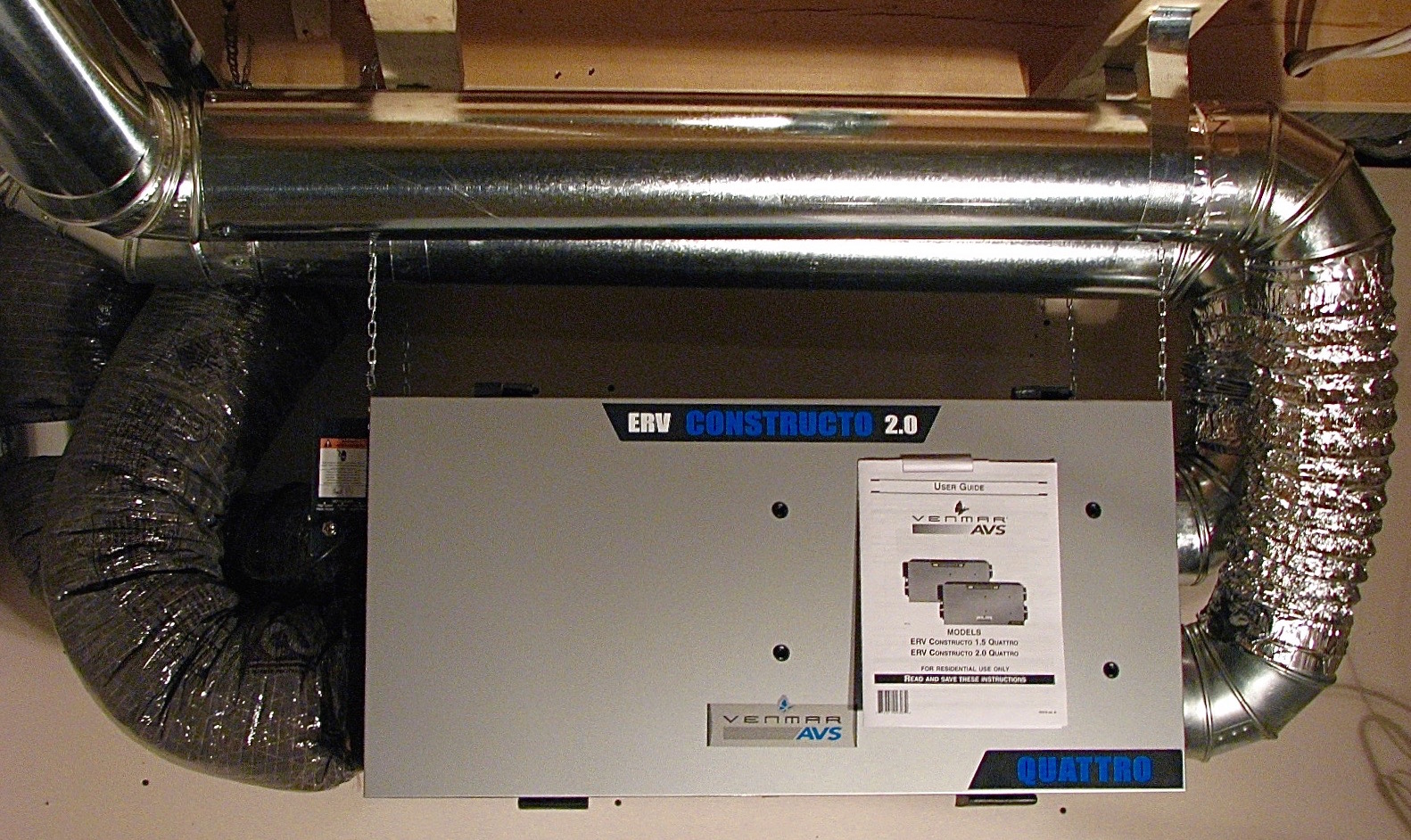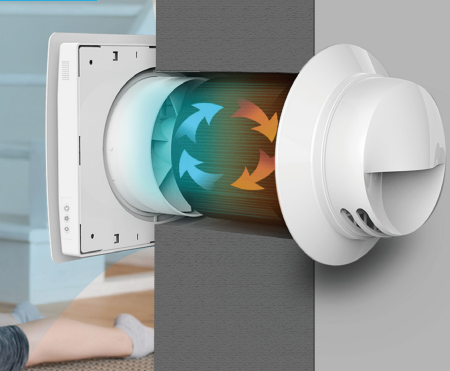How Heat Recovery Ventilation Boosts Indoor Air High Quality and Reduces Energy Prices
Heat Recovery Ventilation (HRV) systems play a crucial function in improving interior air high quality while simultaneously reducing energy expenditures. By efficiently trading stale interior air with fresh outside air, HRVs aid preserve ideal moisture and reduce toxins. Additionally, their capacity to recover warmth from outward bound air decreases the stress on home heating and cooling systems. As power prices continue to increase, understanding the complete capacity of HRV systems ends up being increasingly vital for house owners and services alike.
Understanding Heat Recovery Ventilation Equipments

Heat recovery ventilation (HRV) systems play a crucial function in enhancing interior air quality, specifically in contemporary, energy-efficient structures. These systems are created to transfer warm from the outgoing stale air to the incoming fresh air, therefore reducing power loss while preserving ideal temperature level levels inside your home. HRVs consist of a warm exchanger, fans, and ductwork, promoting the constant blood circulation of air. By getting rid of indoor pollutants and presenting fresh air, HRVs aid to stabilize moisture degrees, protect against mold and mildew growth, and decrease irritants. The performance of HRV systems hinges on their ability to recover approximately 80% of the warmth from the tired air, advertising power conservation while making certain a healthy indoor setting. Their integration is essential in attaining lasting living techniques.
The Relevance of Indoor Air Top Quality
Indoor air quality (IAQ) is a crucial element influencing the health and well-being of occupants in any environment. Poor IAQ can lead to various wellness concerns, including respiratory problems, allergic reactions, and exhaustion. Furthermore, it can intensify status quo such as asthma. Aspects adding to reduced IAQ consist of contaminants from interior resources like cleansing representatives, mold and mildew, and poor air flow. Subsequently, maintaining excellent IAQ is vital for advertising a risk-free and comfortable living or functioning area. Effective approaches to enhance IAQ entail routine surveillance of air high quality, correct ventilation systems, and minimizing using dangerous substances inside. By prioritizing IAQ, people can guarantee a much healthier environment that cultivates productivity and total quality of life.
Power Performance Benefits of HRV Solutions
Many house owners and building supervisors are significantly recognizing the energy effectiveness benefits of warm healing air flow (HRV) systems. By moving warmth from worn down indoor air to incoming fresh air, HRV systems noticeably lower the power needed for heating & cooling. This process decreases dependence on traditional heating and cooling systems, causing reduced energy expenses. Furthermore, HRVs assist preserve a balanced indoor climate, avoiding too much home heating or cooling down demands. The capability to recoup up to 90% of the warm from outward bound air additionally supports sustainability efforts by lowering overall energy usage. Subsequently, HRV systems contribute not just to cost savings however likewise to a lowered carbon footprint, aligning with the growing emphasis on energy-efficient structure techniques.
Installment and Upkeep Considerations
The reliable execution of heat recovery ventilation (HRV) systems requires careful factor to consider of setup and get redirected here maintenance variables to ensure peak performance. Correct positioning of the HRV system is important, as it should be mounted in a place that takes full advantage of airflow while decreasing sound interruption. Additionally, ductwork must be suitably sized and insulated to avoid power loss. Routine maintenance, consisting of filter substitute and system cleaning, is important to protect optimum capability and interior air top quality. Owners must develop a routine upkeep schedule to determine and resolve possible issues before they intensify. Collaboration with knowledgeable professionals during Related Site both installment and maintenance phases can improve the long life and efficiency of HRV systems, inevitably bring about better indoor settings and lowered power costs.
Real-World Applications and Success Stories
Discovering real-world applications of warm recovery air flow (HRV) systems exposes their substantial effect on indoor air high quality and energy performance across numerous settings. In domestic buildings, home owners have actually reported improved air quality, leading to fewer allergies and breathing problems. Schools applying HRV systems have actually kept in mind boosted pupil focus and minimized absence because of far better air flow. Business structures, such as workplaces and retail spaces, have experienced lower energy prices and increased employee performance. For circumstances, a corporate workplace in a pleasant environment attained a 30% decrease in energy bills after installing an HRV system. These success tales show that HRV modern technology not only adds to healthier settings yet also offers concrete economic benefits, making it a useful investment for various sectors.
Often Asked Questions
Can HRV Solutions Decrease Allergens in Indoor Air?
The effectiveness of HRV systems in lowering interior allergens mostly rests on their ability to filter and exchange air. HRV Heat Recovery Ventilation. By constantly changing stale air, these systems can greatly reduce allergen degrees throughout interior environments

How Does Humidity Affect HRV System Performance?
Moisture considerably affects HRV system performance; high degrees can cause condensation, lowering efficiency, while low moisture may enhance air exchange. Balancing humidity is crucial for excellent procedure and keeping indoor air quality.
Are HRV Systems Noisy Throughout Operation?
HRV systems can generate varying sound degrees throughout operation, depending more info here on their style and setup. Some devices run quietly, while others may generate visible sound, particularly at greater air flow setups or when inadequately kept.
What Is the Ordinary Life-span of an HRV System?

Can HRV Solutions Be Made Use Of in All Climates?
HRV systems can be used in different climates, however their effectiveness might vary - HRV Heat Recovery Ventilation. In extreme temperatures, adjustments or additional systems could be needed to guarantee perfect performance and convenience while maintaining interior air quality